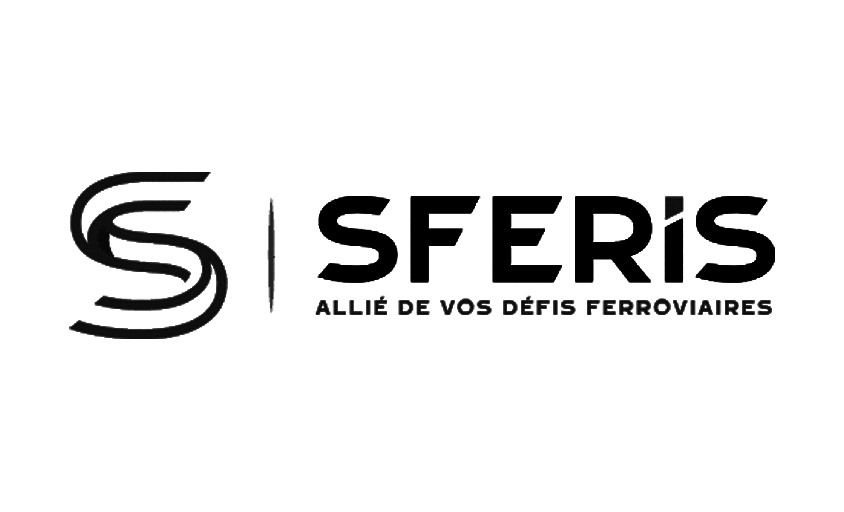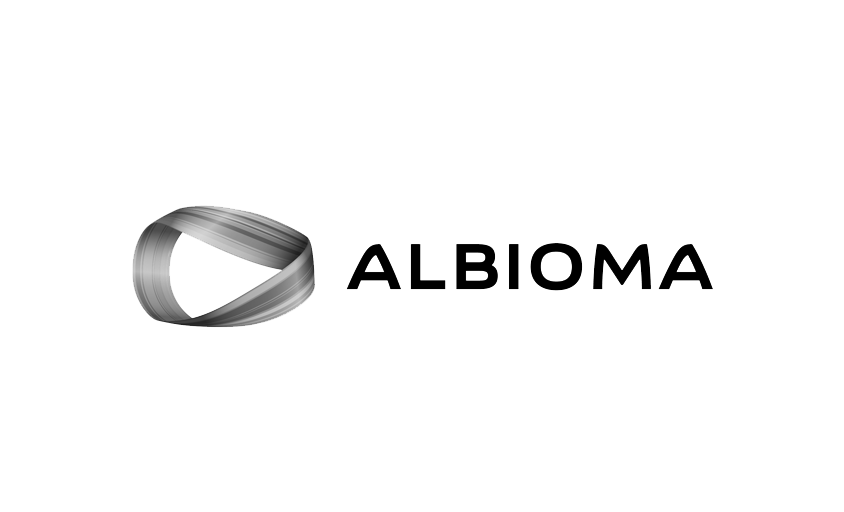The Lighting Assistant: The Master of Light in Photography
In this article :
The role of a lighting assistant is essential for achieving high-quality images in photography. While the photographer is responsible for the actual shot, the job of lighting assistant plays a key role in managing and optimizing the light during a shoot. Whether it’s for portraits, product photos, or advertising campaigns, proper lighting management can transform an ordinary photo into a work of art.
In this article, we will explore the tasks, skills, and responsibilities of a lighting assistant in the world of photography.
1. What Is a Lighting Assistant?
The lighting assistant is a professional who works closely with the photographer to set up the lighting required for each shot. They are responsible for adjusting light sources, whether it’s flashes, softboxes, reflectors, or spotlights. Their job is to enhance the subject by creating appropriate lighting effects, contrasts, and textures to match the desired mood.
A lighting assistant has in-depth knowledge of lighting tools, types of light, and basic principles of photographic lighting. Their role is crucial in ensuring that the final image is technically flawless while supporting the photographer’s artistic vision.
2. Tasks of a Lighting Assistant
Preparation and setup of lighting
Before each shoot, the lighting assistant prepares the necessary lighting equipment: adjusting flashes, setting up softboxes, and other lighting tools. They ensure everything is functioning properly and that the light is configured according to the photographer’s specifications. A good assistant knows how to use different types of light (hard, soft, natural, artificial) based on the shoot’s requirements.
Adjusting lighting during the shoot
Once the shoot begins, the lighting assistant must react quickly and adjust lighting based on conditions and composition changes. Whether increasing brightness, adding filters, or redirecting light, the assistant ensures that lighting remains optimal throughout the session.
Creating visual effects with light
The lighting assistant also plays a creative role in highlighting the subject. Depending on the concept, they may use shadows, reflections, or real-time lighting modifications to produce visual effects. Light is essential to create the desired atmosphere and mood in every shot.
Maintenance and safety
The lighting assistant is also responsible for the safe handling, proper functioning, and maintenance of equipment. Working with powerful lighting gear requires particular caution to prevent electrical or fire hazards. They ensure the equipment is secure throughout the shoot.
3. Required Skills to Become a Lighting Assistant
Technical knowledge of lighting
A lighting assistant must master the fundamentals of photographic lighting, including types of light, brightness modifications, reflectors, and light patterns to create dramatic or subtle effects. A deep understanding of the equipment, flashes, LED lights, softboxes, is crucial.
Observation and responsiveness
A lighting assistant must have excellent observation skills to quickly identify lighting needs and adjust accordingly as scenes evolve. The job also demands responsiveness, as the photographer’s requirements can change rapidly.
Organizational and time management skills
Lighting assistants often work under pressure, as shoots must be completed within tight schedules. They must be organized and capable of multitasking, from setting up gear to adjusting lights on the fly. Strong organization is key to managing the entire process efficiently.
4. The Lighting Assistant in the Creative Photography Process
Although often working behind the scenes, the lighting assistant is indispensable in the creative process of photography. Lighting is one of the most critical elements in a photo shoot, it can transform an image through its intensity, direction, and nuance.
At Rétines, we know that every detail matters, including lighting. Our photographers and lighting assistants collaborate to create images where light (whether soft, hard, or customized) brings out the subject’s full beauty. Teamwork between the photographer and lighting assistant ensures technical perfection while supporting the project’s artistic vision.
5. How to Become a Lighting Assistant
Becoming a lighting assistant requires a mix of training, hands-on experience, and a passion for photographic lighting. Here are a few steps to get started:
Specialized training
Several photography and lighting technique programs can help you learn lighting fundamentals. Schools focused on visual arts often offer both practical and theoretical courses covering various lighting techniques.
On-the-job experience
The best way to become a lighting assistant is to work directly with experienced photographers. Internships, collaborations, or smaller projects provide valuable real-world skills.
Passion and networking
As with many creative professions, a passion for lighting and photography is essential. Additionally, networking with photographers, studios, or agencies helps open doors and create job opportunities in the field.
Conclusion
The lighting assistant is a key player in the photographic process, bringing both technical and creative expertise to ensure the lighting perfectly matches the photographer’s needs. Though often behind the scenes, they play a crucial role in the quality of every image. At Rétines, we understand how a skilled lighting assistant can transform a simple shot into an exceptional photograph, and we place great importance on their role in our projects.
Jérémy Carlo is the editorial director at Rétines, where he ensures the consistency and clarity of all content produced by the studio.
Our Clients
Let’s discuss
What we do for you at Rétines
Meticulous work, an organised project and fast delivery. And to achieve this, we mobilise the right resources in our teams at the right time.
01
Pre-production
Artistic and technical direction tailored to the project.
Relevant recommendations on content, form and resources.
02
Photo Shooting
Photos taken by our experienced photographers.
Production that’s controlled, efficient and tailored to the needs of the project, with nothing superfluous.
03
Retouching
Technique
Photographs magnified by our retouching team.
Post-production to meet the commercial challenges of the brief.












